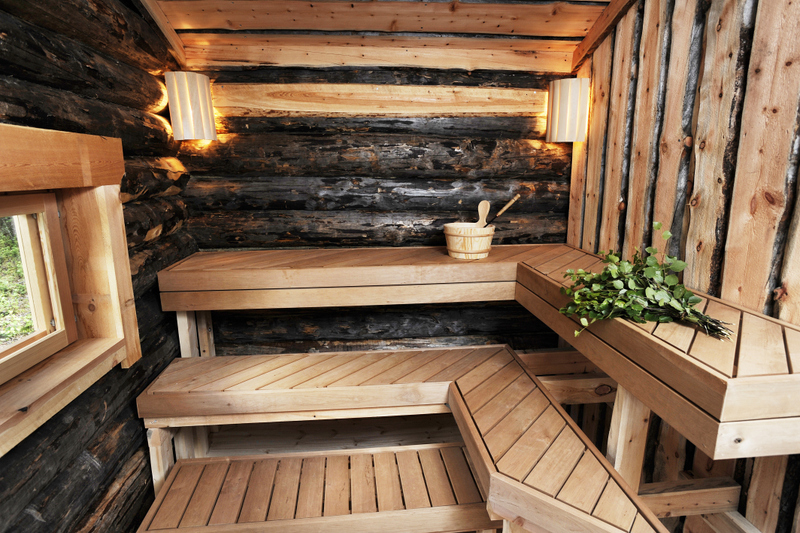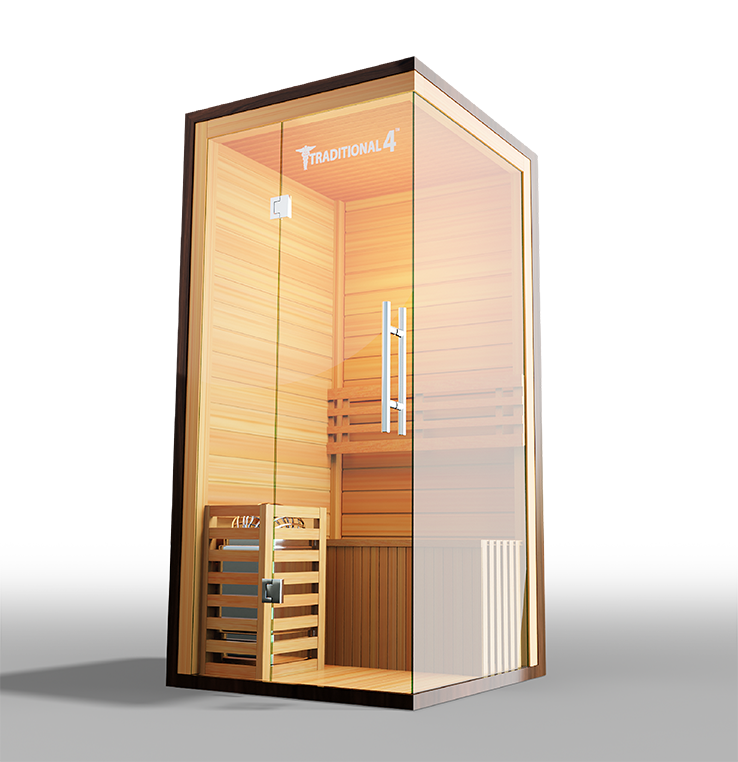8 Easy Facts About Traditional Sauna Described
Table of ContentsThe Best Guide To Traditional SaunaThe Single Strategy To Use For Traditional SaunaGetting My Traditional Sauna To WorkFacts About Traditional Sauna UncoveredTraditional Sauna Fundamentals Explained
The majority of the weight lost in a sauna is water loss and is re-gained upon rehydrating. Nevertheless, certainly sauna can be an integral part of a healthy and balanced weight loss program. To check out the distinctions in between conventional and IR saunas, I will separate these into verifiable, theoretical, and fabricated distinctions.Therefore, the best point in the saunawhich goes to the ceiling straight over the sauna heateris commonly between 185 and 190 F. Claims that a standard sauna goes beyond 200 F is simply not true and not applicable for electrical saunas marketed in the United States. The temperature level for a far-infrared sauna is generally set between 120 and 140 F; however, unlike the traditional sauna, the goal in and IR room is not to achieve a heat.
As a result of this, the temperature distinction is nearly irrelevant, since excessive sweating causes both sauna kinds, however the method of warming the body is various. In an IR sauna the bather will feel hot and will sweat a lot, yet at much reduced temperatures (Traditional Sauna). Thus, if the goal is to invest longer amount of times in the sauna, the IR sauna is a good choice
When a conventional sauna has been effectively heated up, the sauna wall surfaces are warm, the air temperature has accomplished established temperature level and the rocks are extremely warmed. As an intriguing side note, the warmed wall surfaces and the rocks are giving off far-infrared warmth, combined with the warmed air, to produce an "covering warmth".
Traditional Sauna Fundamentals Explained

When the high temperature is achieved, the elements cycle on and off to keep the heat. Many traditional sauna users delight in pouring water over the rocks to develop steam to raise sauna humidity levels. The benefits of pouring water over the rocks consist of: making the area a lot more comfy, moistening the nasal flows, and enabling the use of aromatherapy by mixing necessary oils with the water.

When the power enters the body, it causes the body temperature to raise and ultimately leads to sweating. In an infrared sauna it is very important for the emitters/heaters to remain on practically continuously. Since there is no mass of rocks to maintain warm, the sauna will cool if the emitters shut down.
As mentioned over, the sauna bather in an infrared room intends to place himself in front of running emitters to get maximum take advantage of the warm. The home heating time for the 2 areas can be really various, depending on how the areas are made use of. For a conventional sauna, a bather should allow 30-40 mins for the area to achieve a desired temperature and to appropriately pre-heat the rocks.
5 Simple Techniques For Traditional Sauna
A well constructed sauna will typically achieve a temperature level of 150-160 F in about 30-40 minutes. For hotter temperatures, the area may need to warm for a longer duration.

Conventional saunas have a tendency to be bigger (for this reason use more electrical energy) than infrared saunas, although traditional saunas are absolutely offered in one and 2 individual sizes also. For a two-person conventional sauna, 5x6 or 5x7 size is most preferred. The leading bench can conveniently seat two or 3 individuals and is also long sufficient to lie down during the sauna session.
How Traditional Sauna can Save You Time, Stress, and Money.
The typical cost per kWH of electrical power in the U.S. is around $0.11, so a 4.5 kW heating unit will certainly cost roughly $.50 to run for one hour, if the heating system runs continuously for one hour. Typically a sauna heating unit will certainly run for Home Page 75% of the first hour and 50% of subsequent hours on given that the aspects cycle once the set temperature level is achieved.

Finally, there is a rarely discussed distinction in the social experience between both areas. While our society has actually lost some of the social advantage of the typical sauna experience, it can be extremely socially satisfying (Traditional Sauna). From family members time in the sauna, to heart-felt conversations with better halves, to sauna partiesthe typical sauna experience can bring about intimate mingling
Little Known Facts About Traditional Sauna.
Most higher end infrared my site rooms consist of colored light treatment, noise systems and full-glass fronts.